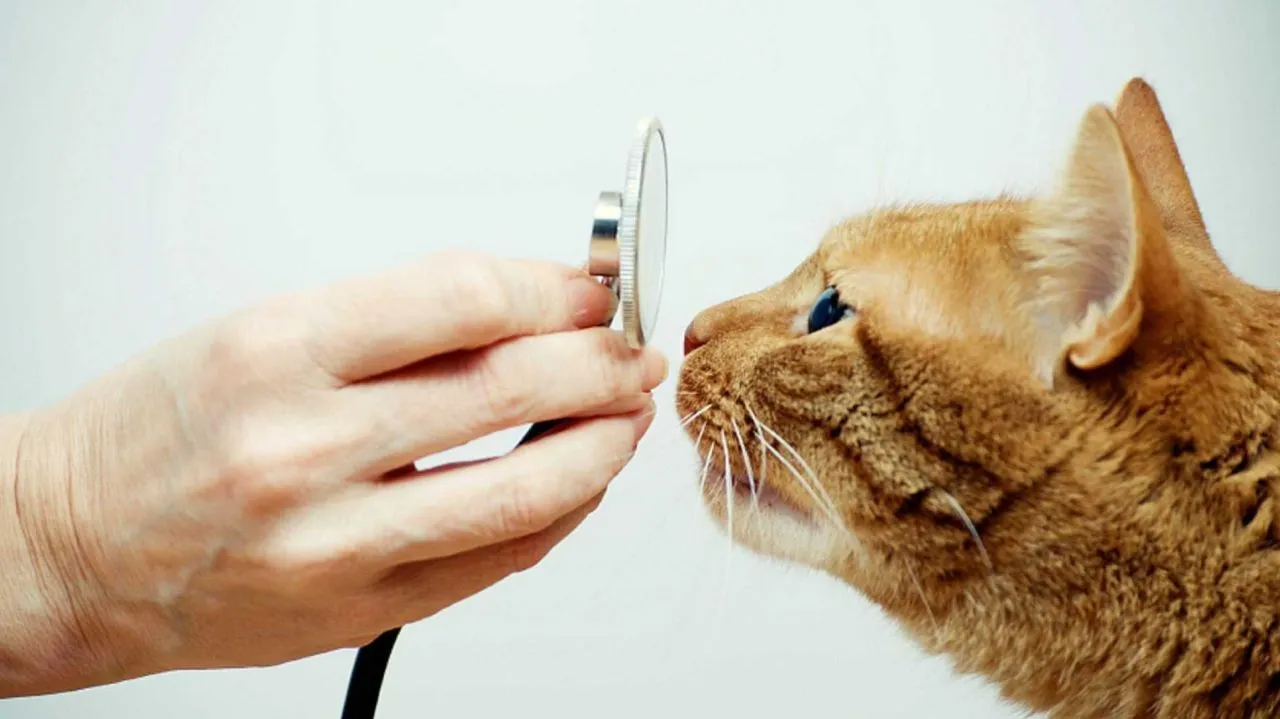
FIP treatment using KiseNeko (GS441524)
What is GS441524?
GS441524, also simply known as GS, is an experimental antiviral drug (nucleoside analog) that functions to stop the replication of FIP virus by inserting nonsense adenine nucleosides in the developing viral RNA.
https://journals.sagepub.com/doi/full/10.1177/1098612X19825701
How long is the FIP treatment?
Based on Dr. Pedersen’s original field trial, the recommended treatment is a minimum 84 days (12 weeks) of daily subcutaneous injections or oral medication.
Blood work should be checked before the end of the 12 week treatment period to confirm treatment can be stopped.
How do I give the injections?
The injections are given subcutaneously (under the skin injection). Injections should be given every 24 hours. The GS stings upon injection but the pain lasts only a few seconds. You should consult your vet on how to give a subcutaneous injection.
Below is a link of Dr. Pedersen demonstration on how to inject GS4441524 via subcutaneous injection: https://www.youtube.com/watch?v=okZ4V3JbCgo&t=35s
What is the dosage using GS441524 for FIP treatment?
Wet FIP - 6mg/kg
Dry FIP - 8mg/kg
Ocular and Neurological FIP - 10mg/kg
Calculation:
daily injection dose = dosage based on form of FIP (mg/kg) x heaviest body weight (kg) ÷ vial concentration (mg/ml)
The injection dose should increase as the cat gains weight. However, if the cat loses weight, the injection dose will need to be maintained at the highest given dose.
What are the side effects of GS441524?
There are no known adverse side effects of GS441524 FIP treatment. The only side effect of the GS injections is the pain from the daily injections. Some cats with sensitive skin may develop lesions or scabs. Thus, it is advised to alternate the injection sites daily to allow the site to recover.
What are the storage instruction for KiseNeko GS441524?
Kiseneko injectable vials have a shelf life of 2 years.
The injectable vials should be kept in ambient temperature, a hygienic space and away from direct sunlight.
Preparation for FIP treatment injection
Syringes and needles
We recommend using a 3ml syringe and 21G, 22G or 23G (1.5 inch ) needle for injection. It is advised to change the syringe weekly and the needle daily for hygienic purposes.
Weighing scale
A weighing scale is needed to check the weight of the cat (at least once a week) to adjust the injection dose based on the dosage calculation. [see What is the dosage using GS441524?]
Alcohol swab
You can use alcohol swab to disinfect the skin layer before and after giving the injection.
Supportive care for FIP cats
Ascites (wet FIP)
1. Abdominal fluid (Belly fluid)
Do not drain the abdominal ascitic fluid without discussing it with your vet and FIP consultant. Completely draining of abdominal fluid is very risky and can cause your cat to go into shock and result in death.
Abdominal fluid is only advised to be drained when it is causing movement and breathing difficulties. If fluid must be drained, it should be no more than 30%.
2. Chest fluid (Lungs)
Advised to be drained if the cat’s breathing is labored. This fluid can be drained completely.
Feeding
Advised to provide FIP cats with high protein food including boiled fish and chicken; quality kibble and wet food (Royal Canin Recovery is highly recommended)
If your cat is not eating, you must syringe feed your cat to provide energy and protect the liver of the cat. Lack of nutrition leads to hepatic lipidosis that will kill your cat before FIP does.
Hospitalization
Your cat may need to be hospitalized for supportive care such as intravenous drip, subcutaneous fluids, blood transfusions or oxygen. Please discuss with your veterinarian and FIP consultant.
Antibiotics
Antibiotics from the class of Fluoroquinolone (e.g. Baytril, Enrofloxacin, Marbofloxacin) is contraindicated. It can be lethal when used along with GS44152.
Antibiotics from other classes (e.g. Doxycycline, Metronidazole, Amoxicillin) can be given to FIP cats for symptomatic treatment. The cat can complete its antibiotics course while starting on GS441524 for FIP treatment.
Steroids
Steroids can be given to the cat before GS441524 FIP treatment is started. Steroids may help stabilize the condition of FIP cat while waiting for GS441524 Once the cat has started GS441524, steroids can be stopped completely
Additional supplement and medications
Recommended supplements along with FIP treatment:
- Vitamin B12 for cats with anemia and inappetence
- Liver supplements for cats with elevated liver readings
- Kidney supplements for cats with elevated kidney readings
- Subcutaneous fluid for cats that are dehydrated
Please consult your vet and FIP consultant for further guidance.